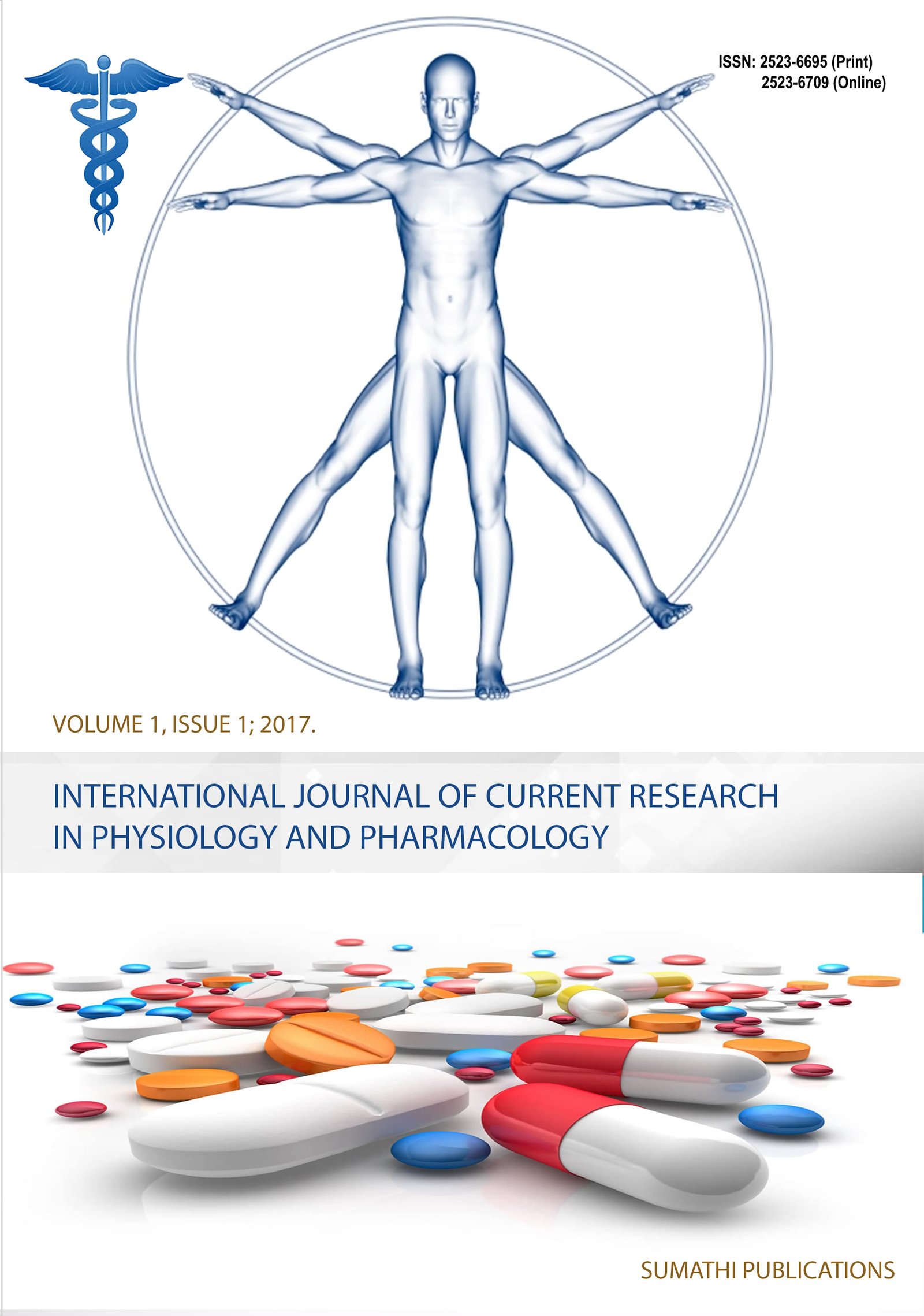EFFECT OF AFLATOXIN M1, "A HYDROXYLATED METABOLITE OF B1" ON SPERM CELL QUALITY OF ADULT MALE WISTAR RATS.
DOI:
https://doi.org/10.31878/ijcrpp.2019.32.2Keywords:
aflatoxin, wistar rats, azoospermia, sterilityAbstract
The effect of aflatoxin on reproductive health takes a systematic approach as it indicates that a significant number of people living in the third world regions are exposed to these toxins due to the poor storage of grains. To expose the effects of aflatoxin M1 a hydroxylated metabolite of aflatoxin M1 Twenty four Adult male Wister rats were acclimatized and broken down into four groups, Test Group one (Two weeks exposure), Group Two ( four weeks exposure), Group Three ( Six weeks exposure) and Group Four ( Control Group). The Test Group 1, 2 and 3 were orally administered 7.2g/kg (LD50) of Aflatoxin M1 for the desired weeks of exposure and the sperm cell quality was assessed to determine the effect of Aflatoxin M1 on sperm cell quality in Adult male wister rat. The predetermined level of sperm cell quality is its ability to be motile as the motility of the sperm cell determines its viability. Group three had the highest presence of sluggishly immotile cells with very low progressive motility, followed by group, two and one, 37.5+ 9.97, 55.00+9.91, and 71.67+3.07 as against the control groups 85.8+2.17 with the highest significance at the group three which showed an extended exposure of aflatoxin m1 (p=0.05). This study links infertility and aflatoxin consumption, as the higher the doses the more spermatotoxicity is built which invariably could lead to sterility and azoospermia.
Downloads
Downloads
Published
How to Cite
Issue
Section
License
Copyright (c) 2019 Ibeh Isaiah Nnanna, Taidi Ekrakene, Okungbowa MO, Otabor Florence, Omorodion Nosa Terry

This work is licensed under a Creative Commons Attribution-NonCommercial-ShareAlike 4.0 International License.
The journal allows the author(s) to hold the copyright without restrictions and will retain publishing rights without restrictions.
The submitted papers are assumed to contain no proprietary material unprotected by patent or patent application; responsibility for technical content and for protection of proprietary material rests solely with the author(s) and their organizations and is not the responsibility of the journal. The main (first/corresponding) author is responsible for ensuring that the article has been seen and approved by all the other authors. It is the responsibility of the author to obtain all necessary copyright release permissions for the use of any copyrighted materials in the manuscript prior to the submission.
What are my rights as an author?
It is important to check the policy for the journal to which you are submitting or publishing to establish your rights as
Author. Journal's standard policies allow the following re-use rights:
- The journal allows the author(s) to hold the copyright without restrictions.
- The journal allows the author(s) to obtain publishing rights without restrictions.
- You may do whatever you wish with the version of the article you submitted to the journal.
- Once the article has been accepted for publication, you may post the accepted version of the article on your own personal website, your department's website or the repository of your institution without any restrictions.
- You may not post the accepted version of the article in any repository other than those listed above (i.e. you may not deposit in the repository of another institution or a subject-matter repository) until 12 months after publication of the article in the journal.
- You may use the published article for your own teaching needs or to supply on an individual basis to research colleagues, provided that such supply is not for commercial purposes.









